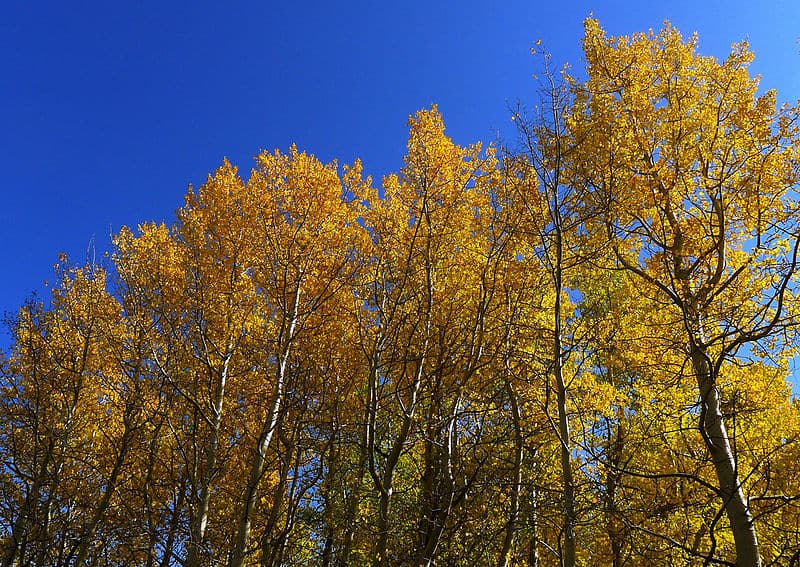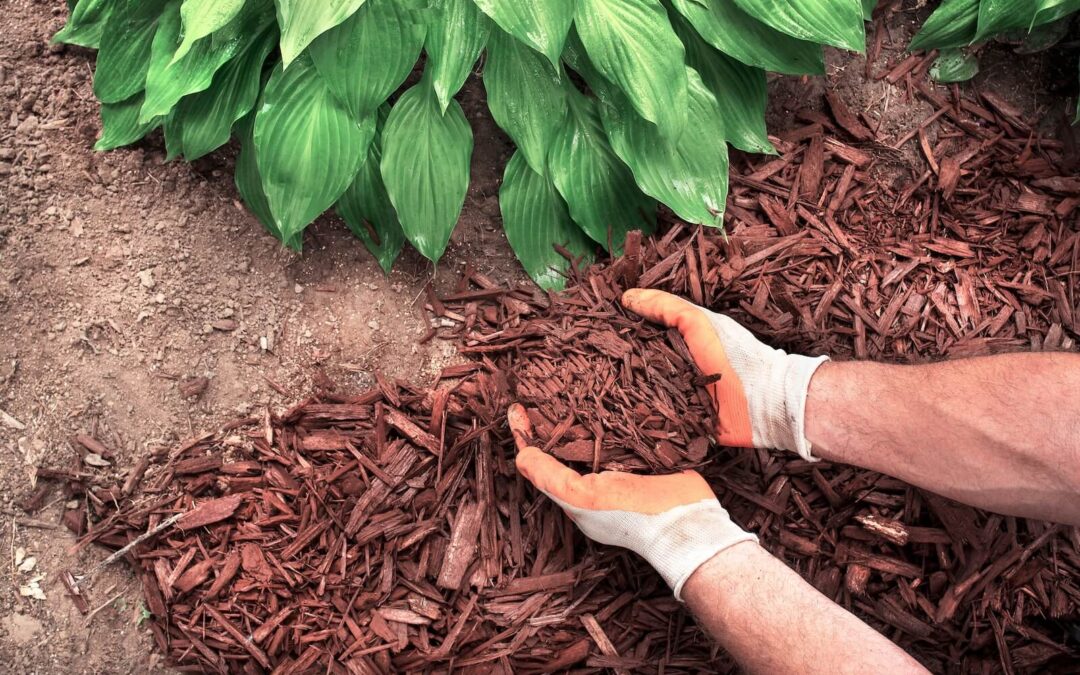The quaking aspen, a species that has enchanted and perplexed landowners, horticulturists, and landscape architects for centuries, is a testament to nature’s complex beauty. These trees are often confused with birches because of their striking cream or white-colored trunks, which are unique in more ways than just their appearance — in fact, referring to them simply as trees somewhat understates their true nature. They are, in essence, vast underground networks, sometimes covering 1 to 20 acres, from which numerous genetically identical ‘clone’ trees emerge.
Quaking aspens are native to various parts of the United States, particularly thriving in the Rocky Mountain region. Their rapid growth rate makes them an attractive option for adding a natural, vibrant element to suburban landscapes. The aspens sway gracefully in the breeze, and their foliage undergoes a stunning transformation — lush green in summer and dazzling gold in the fall. However, despite these appealing characteristics, quaking aspens come with their fair share of challenges.
Quaking Aspens Require Lots of Maintenance
In areas like Colorado, aspen trees can cause landscaping issues. Caring for quaking aspens often requires specific attention, and they thrive best in well-drained soil and full sunlight. Regular watering is crucial to establish a strong root system, especially for young trees. However, over-watering should be avoided as aspens are prone to root rot. Pruning is essential to maintain their shape and remove any diseased or damaged limbs.
Moreover, aspens reproduce through “suckering,” where new shoots arise from their extensive root systems. Because the uncontrolled spread of shoots is a headache for homeowners and neighbors, it’s recommended to regularly trim the suckers or apply a root barrier system that can manage suckers and contain their spread.
Despite their beauty and utility in the landscape, aspens are known for being problematic in areas like Colorado due to their susceptibility to pests, diseases, and environmental stresses. These challenges can significantly impact their growth and overall lifespan.
Quaking Aspens Can Also Be Beneficial
However, there are some aspen tree benefits for landscaping as well. Ecologically, aspens play a crucial role as “succession trees.” They rapidly colonize areas cleared by logging, fire, disease, insect damage, or erosion, setting the stage for other vegetation to follow. However, as taller trees grow around them, these aspen clones often perish.
Despite the challenges they present, it’s important to recognize the aspen’s remarkable qualities. Their root systems can be ancient, surviving for thousands of years, and they serve as a vital winter food source for wildlife like deer and elk. Additionally, they play a significant role in encouraging new growth in areas affected by forest fires.
Find the Perfect Tree With Help From LifeScape
For those who have quaking aspens on their property, proactive management is key. Regular inspections for pests and diseases can help maintain their health and beauty. Aesthetically, they pair well with natural landscape elements such as boulders, ferns, and wildflowers, enhancing their surroundings. Cultivating quaking aspens is not just about growing a tree; it’s about nurturing a piece of American natural heritage.
That said, should you plant quaking aspen in your yard? The answer largely depends on your yard and goals. If you’re considering quaking aspens landscaping in Colorado or need advice on managing existing ones, don’t hesitate to reach out to Lifescape for expert guidance and a personalized consultation.





